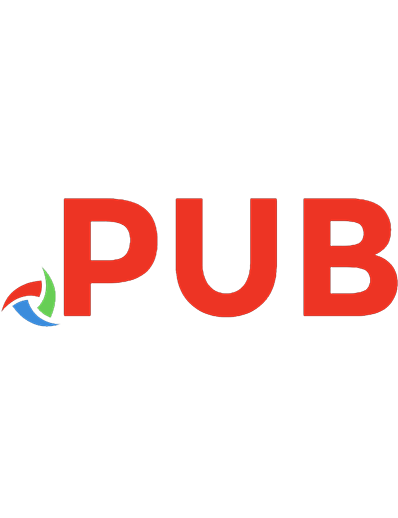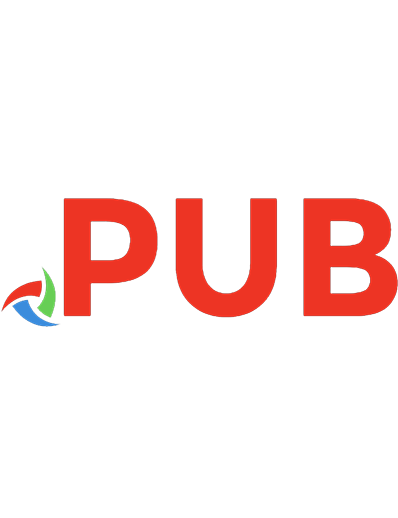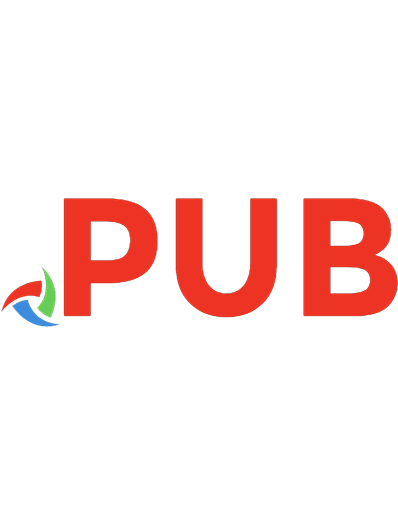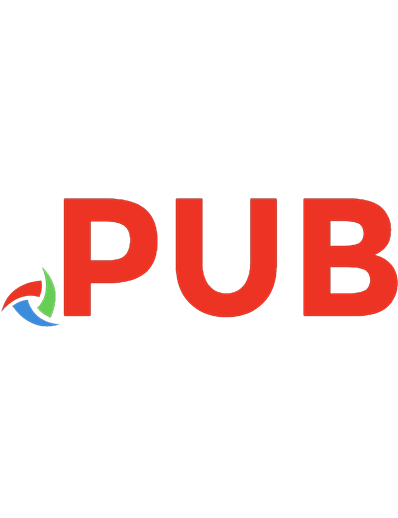Auditing Essentials: A Comprehensive Guide to Learn Auditing Essentials
Unveiling the Core Principles of Effective Auditing for Business Excellence Are you ready to unlock the secrets of effe
144 12 862KB
English Pages 261 Year 2023
Table of contents :
1. Introduction to Auditing
1.1. The Role of Auditing in Business
1.2. Types of Auditing
1.3. Importance of Auditing in Ensuring Financial Integrity
2. The Audit Process
2.1. Planning the Audit
2.2. Conducting Risk Assessments
2.3. Developing an Audit Program
2.4. Understanding Internal Controls
3. Understanding Financial Statements
3.1. Introduction to Financial Statements
3.2. Balance Sheet Analysis
3.3. Income Statement Analysis
3.4. Statement of Cash Flows Analysis
4. Auditing Financial Statements
4.1. Materiality and Audit Risk
4.2. Audit Evidence and Documentation
4.3. Testing Financial Statement Assertions
4.4. Analytical Procedures in Auditing
5. Audit Sampling Techniques
5.1. Statistical Sampling Methods
5.2. Non-Statistical Sampling Methods
5.3. Sample Size Determination
6. Internal Control Evaluation
6.1. COSO Framework and Internal Control
6.2. Assessing Control Risk
6.3. Evaluating Entity-Level Controls
6.4. Testing Application-Level Controls
7. Fraud Detection and Prevention
7.1. Understanding Fraud and Its Red Flags
7.2. The Auditor's Responsibility in Detecting Fraud
7.3. Techniques for Preventing and Detecting Fraud
8. Auditing Revenue and Receivables
8.1. Revenue Recognition Principles
8.2. Testing Revenue Transactions
8.3. Evaluating Accounts Receivable
9. Auditing Inventory and Cost of Goods Sold
9.1. Inventory Valuation Methods
9.2. Auditing Inventory Count and Observation
9.3. Cost of Goods Sold Testing
10. Auditing Long-Term Assets
10.1. Property, Plant, and Equipment
10.2. Intangible Assets and Goodwill
10.3. Depreciation and Amortization
11. Auditing Liabilities and Equity
11.1. Auditing Debt and Interest Expense
11.2. Equity Transactions and Stockholders' Equity
11.3. Contingent Liabilities and Commitments
12. Completing the Audit
12.1. Subsequent Events Review
12.2. Finalizing the Audit Findings
12.3. Reporting the Audit Results
13. Special Considerations in Auditing
13.1. Auditing in Specific Industries
13.2. Group Audits and Component Auditors
13.3. Auditing Government Entities
14. International Auditing Standards
14.1. Overview of International Auditing Standards (ISA)
14.2. The Role of International Ethics Standards Board for Accountants (IESBA)
14.3. Harmonization of Global Auditing Practices
15. Emerging Trends in Auditing
15.1. Impact of Technology on Auditing
15.2. Data Analytics and Auditing
15.3. The Future of Auditing
16. Case Studies in Auditing
16.1. Case 1: Evaluating Internal Controls at XYZ Company
16.2. Case 2: Detecting and Investigating Fraud at ABC Corporation
16.3. Case 3: Auditing Revenue Recognition at DEF Corporation
17. Appendix
17.1. Glossary of Auditing Terms
17.2. International Auditing Standards (ISA)
17.3. About the author





![Auditing: A Practical Approach [3 ed.]](https://dokumen.pub/img/200x200/auditing-a-practical-approach-3nbsped.jpg)




